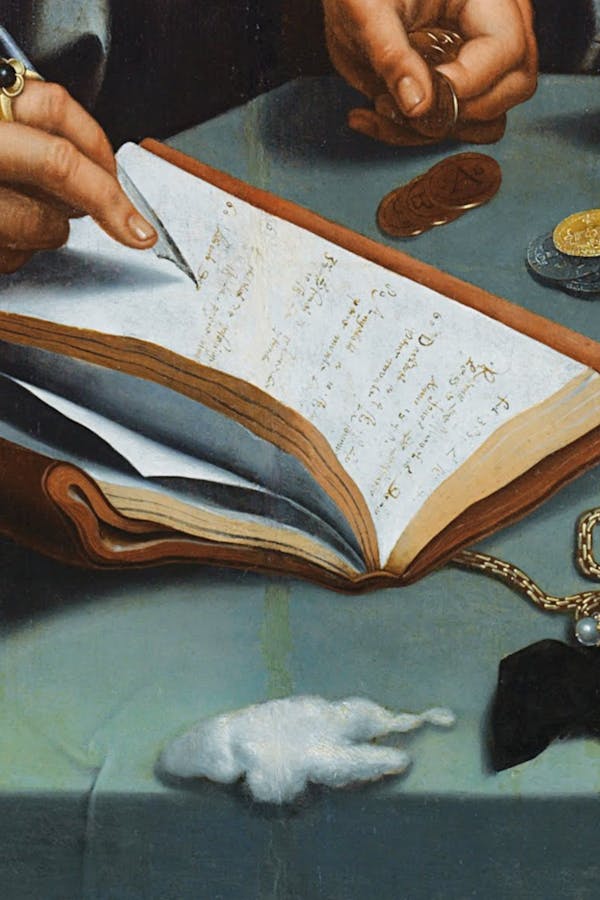
GN
Hi Curtis, you say never been wrong as an art authenticator in a career spanning three decades but there must have been at least a couple of occasions when you severely questioned your own judgement...
CD
Well, yeah. It’s an arrogant statement to make but I haven’t been, so it would be foolish of me to say anything other than I haven’t been wrong and I think we’re all good at something, aren’t we? Nobody’s been left out, and this just happens to be the one thing I am good at. And I’ve been very lucky that I’ve been able to make a career out of it for 34-35 years. But yeah, along the way, there are always pieces of art that are testing. For a lot of reasons. You’ll find with paintings, especially Old Masters, that they are never in the state that they were when they were first painted. They’ve been cleaned, they’ve been mended, they’ve been moved around, they’ve had all sorts of handprints on them and cigarette smoke, and you know … you name it, it’s kind of been around. So, when you come across a piece, even if you might know it’s genuine or not, you have to be able to document that and prove it beyond reasonable doubt. So, when things have been, for example, cleaned – and you know the Victorians were notoriously bad at cleaning – they might very well have used modern chemicals that stick to the paint. We had a painting the last twelve months that we knew was genuine, but every technical test proved it wasn’t and the truth was it had been messed around with so much – or cleaned, the list goes on – that all the tests were coming back that it had modern paint, modern chemicals on it, the wood didn’t quite match up. So, what you’re doing with all pictures is you’re trying to get in the mind of the artist to start with, but with some of the things you work on, you’ve got seven or eight hundred years of history to try and fill in, so there’s always going to be times when you sit down at the end of the day and think, ‘I just can't see how we can prove, one way or the other, our initial impressions,’ but after a while there’s always a way. There’s always something that comes up, that tips the balance, and turns a maybe into a definite. Whether that’s a definite genuine or a definite forgery, so yes, we get tested all the time.
GN
Do you think the art world relies too much on technology to spot fakes?
CD
Of course, it helps in some ways. What you do have to remember is any technical test or any technology that’s being used to authenticate items these days, is also owned by all the best forgers. Only bad forgers ever get caught. And of course, technology will pick up bad forgeries but then so will an experienced art dealer. So, it will pick up bad forgeries, it will pick up the wrong wood, the wrong paint, the wrong canvas, the wrong brush strokes. AI is probably a few decades away from being able to genuinely spot a forgery. But obviously, they’re working on it. Technical testing, we have to be sceptical about because we don’t just authenticate work, we forge items as well. And we forge it first of all for our own learning abilities but also from a presentation point of view. We were only in London a few days ago doing exactly that. And we can get around all these tests. So, all these tests you’ll pay £25,000 – all these big companies – I can show you with a shopping trip to Tesco’s, to get all the bits you need, how to get around them all. So yes they are useful, in a small way, they’re certainly of no use if you’re dealing with a forger that knows what he’s doing. As for AI, it will continue to become more useful as the years go on. Currently, again, it will catch out bad forgers, it won’t catch out the good ones and it’s the good ones that we’re trying to stop.
Listen to more audiocasts
Read more






